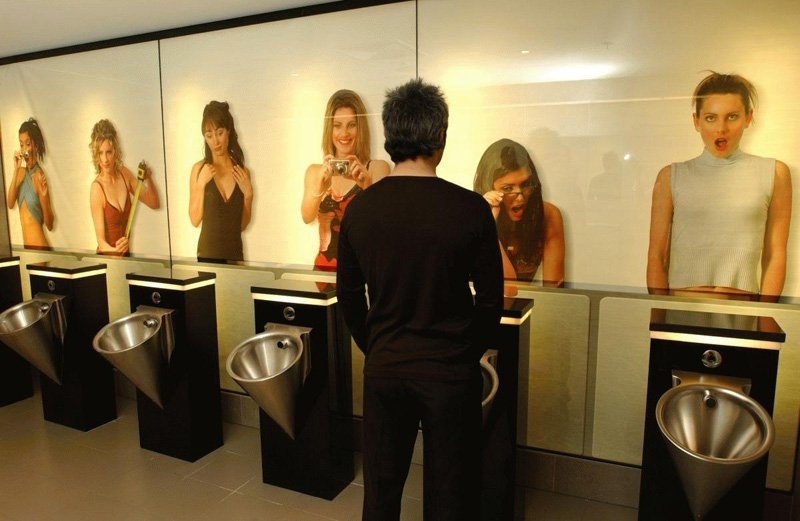
Over time, some desires have stayed constant: an aversion to pain, a wish for health, a longing to be loved, and a craving for wealth, power, and youth. But desires are susceptible to cultural shifts, and so they shift with the whim of fashion: the need to be thin, the hope to fit the norms of current beauty, the yearning for popularity, an aspiration for fame. Each generation comes up with solutions for their desired that are based in the cultural soup that nourished them. What is a cultural soup? Well, it’s a heady mixture of the following: anxiety — each generation has their own issues that they loose sleep over. In addition to the ones that their parents experienced, each generation can choose and pick and invent their own worries. affordances — affordances are available actions that are mired in context and situation. As context changes, affordances evolve. Each generation sees a unique subset of problem solutions. emotional design — each generation is stirred by issues and fashion that are uniquely their own. Emotional design is by definition tied to a particular group of people, be they joined in time, cause, or geography. Social value, user satisfaction, and emotional…
Read more →



